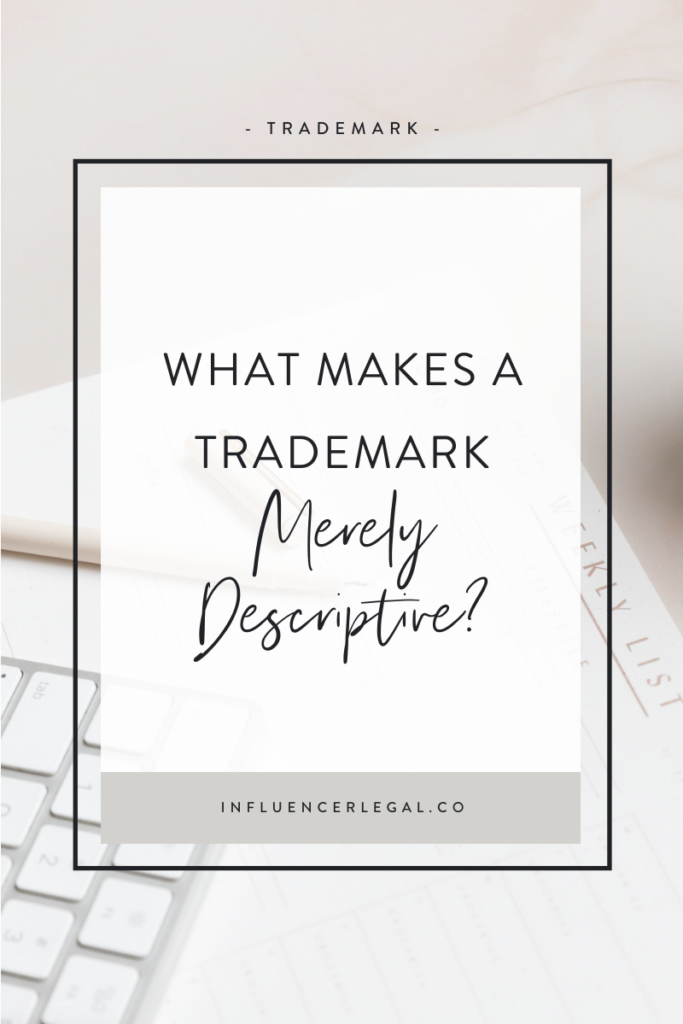
As you may already know, when you choose a trademark you have to make sure that the mark is strong enough to qualify for legal protection. This means that when it’s used in association with your product or service, consumers must recognize that it belongs to you. You cannot choose words such as “blue laptops” if you sell blue laptops. That will not make your brand recognizable to consumers.
When you file your trademark application, the USPTO will evaluate your mark to determine whether it is strong enough to qualify for legal protection. The trademark office considers the distinctiveness of your trademark on a spectrum. This spectrum was established in Abercrombie & Fitch Co. v. Hunting World, 537 F.2d 4 (2nd Cir. 1976).
These factors are broken down into: fanciful, arbitrary, suggestive, descriptive, and generic. The goal is to come up with and register a trademark that falls under the fanciful and arbitrary categories. These are most likely to be successful in the application process. Your application can be refused if your mark is considered to be descriptive or generic.
To help you avoid choosing a trademark that is unlikely to be registered, this article explains what makes a mark merely descriptive or generic in the eyes of the trademark office. It also explains what a 2(e) merely descriptive refusal on your trademark application means and what you can do to overcome it.
What is a Merely Descriptive Trademark?
According to the USPTO, the mark must be merely descriptive or deceptively misdescriptive of the goods or services to which it relates. A merely descriptive trademark simply describes the product or service, or describes a characteristic, feature, function, ingredient, or purpose of it.
The problem with this is that consumers cannot distinguish the trademark associated with your products or services with others in the market. If your trademark describes your product or service, there is nothing unique about it that would help consumers recognize that it belongs to you.
Some examples of merely descriptive trademarks are “cold and creamy” for ice cream and “salty” for saltine crackers. While these don’t use the exact word to describe the product, there is nothing about either of those trademarks that would stand out in the market.
If you walk down the frozen food aisle in a store looking for ice cream, “cold and creamy” doesn’t stand out from other brands on the shelf. It’s likely that many of the other ice cream containers also describe their product similarly.
If you consider this name alongside brands like Cold Stone or Ben and Jerry’s, you can see why “cold and creamy” would not be distinctive enough to help your product stand out.
Are you interested in learning more about trademark registration? Schedule your 30 minute legal insight strategy session today!
READ & LEAVE A COMMENT
SHARE